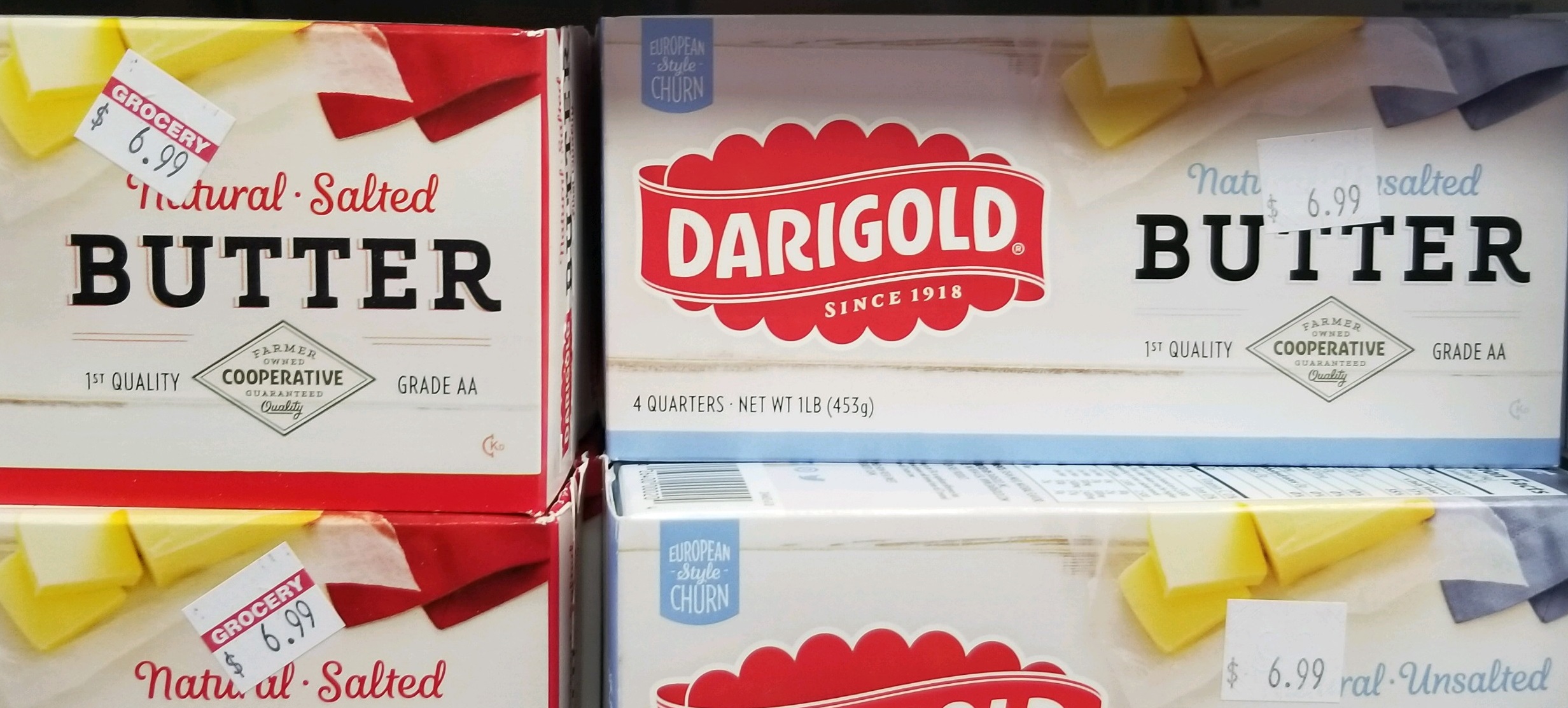The challenges of SNAP outreach and food access in the vast landscape of Alaska
By Elizabeth Weaver
SNAP Outreach Coordinator
As I gazed through my plane window at the snow covered Alaskan wilderness below me, I was shocked by the lack of roads. There weren’t any. As we began our decent into Kotzebue, Alaska I also noticed the absence of urban sprawl. In Montana, it is quite common to see a house or two tucked away, removed from many town centers. In rural Alaska this was not the case –houses clung tight to the village, due to their remoteness, severity in climate, and the lack of infrastructure.

I was visiting this rural community in the Northwest Arctic Borough as part of a SNAP site visit to the Food Bank of Alaska. The Montana Food Bank Network had received a grant from the Walmart Foundation and Feeding America to expand out SNAP Outreach and Assistance program. Part of this program included a site visit to a fellow food bank for sharing of best practices and to observe how another food bank’s SNAP outreach program is run. The Food Bank of Alaska (FBA), my host, had coordinated a trip to Kotzebue so I could see firsthand what their rural outreach looked like.
Kotzebue is a subsistence village of 3,200 people located on the Baldwin Peninsula in the Chukchi Sea. It is located 30 miles inside the Arctic Circle and still largely inhabited by the Inupiat people. The whole village is about two miles. The FBA Rural SNAP Outreach Specialist, Mel, met myself and a SNAP outreach worker from the Northern Illinois Food Bank at the airport and we headed across town, on foot, to prepare for a day of outreach. On the walk Mel provided insight into the village and rural Alaskan life to us “mainlanders”, as well as her work in Kotzebue and other Arctic boroughs.

This is butter
Like so many rural communities, both in Alaska and in the lower 48, SNAP plays a critical role. In Kotzebue, milk costs $9 a gallon, gas $5 and fresh food, especially between November and April, is extremely hard to come by. In February, there was a two week stretch when planes were not able to fly in, thus the grocery store was unable to be resupplied. By then end of those 14 days, store shelves were pretty sparse.
With astronomical food prices, SNAP makes it possible for people in rural Alaska to eat in the lingering days of winter, when the fishing is unavailable and the food preserved during the summer are dwindling. Having visited remote and rural communities in Montana, the issue of food access is similar. However, the challenges in remote Alaska are far bigger than Montana. I was astounded by the endurance and ingenuity of individuals to persevere under such harsh circumstances.
Synthesizing the visit is difficult. There are so many small details and ideas I gathered, it seems impossible to put into words! When I left my site visit with the Food Bank of Alaska, three points in particular stood out to me:
- SNAP is a vital lifeline to food access, especially in remote communities. Distance to grocery stores coupled with the cost of food in rural areas makes it impossible for families to adequately and nutritiously feed themselves without the help of SNAP. And every family deserves the ability to purchase food.
- Outreach to raise awareness about public feeding programs and to help with the application process is always needed. The success of my work is often gauged by how many applications I help submit. However, as the outreach in Kotzebue reminded me, successful outreach is also building relationships with individuals; with a community. It is providing information on other resources that are available, whether that be food, energy, legal or housing assistance. It is building that trust with a client for them to take an application or business card and know that you have hopefully increased their willingness to apply.
- The fight against hunger is happening everywhere. There are good people in every state committed to making sure we all have access to food, despite the geographic challenges or the population density of the town. In Alaska, they are using hovercraft to make sure that food is delivered to tiny communities with delicate ecosystems that larger planes cannot access. Creative ideas like that come from folks-not just food bankers- who are devoted to reducing, and eventually, stopping hunger. A group of people that believe food is a basic human right.